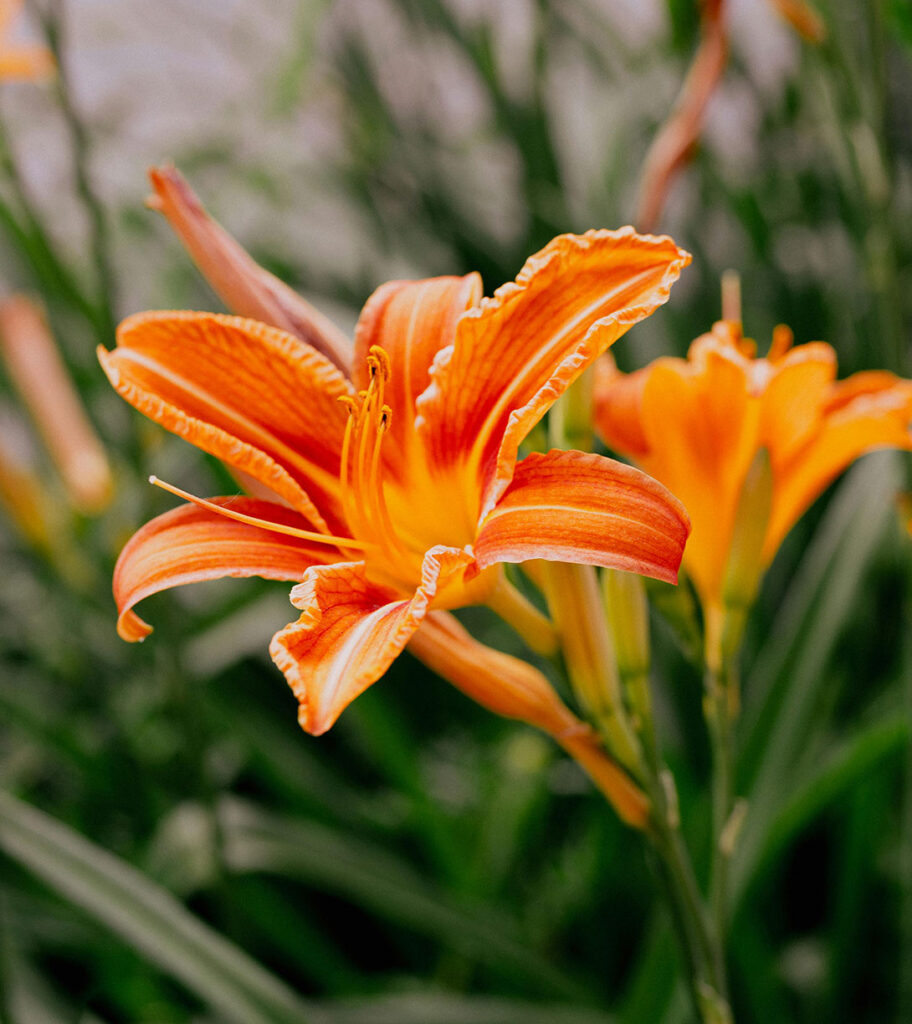
home | Lawn Care | Leaf Management | Garden Bed Prep | Tree & Shrub Care | Irrigation System Maintenance | tool storage
Garden Bed Preparation
A. Cleaning Up
- Removing dead plants and debris
- Pruning and cutting back perennials
Removing dead plants and debris from your garden in the fall is crucial for maintaining a clean and healthy garden environment. Start by clearing away any spent annuals, fallen leaves, and other organic matter that can harbor pests or diseases. This cleanup helps prevent the spread of pathogens and provides a tidy space for winter and spring growth. Alongside debris removal, it’s important to prune and cut back perennials to prepare them for the colder months. Prune dead or diseased stems and trim back perennials to just above the ground or to the desired height, depending on the plant species. This not only improves the appearance of the garden but also helps reduce the risk of overwintering pests and diseases. Proper pruning and cleanup ensure that your perennials emerge stronger and more vibrant in the spring, ready to thrive in the new growing season.

B. Soil Enrichment
- Adding compost or organic matter
- Benefits of soil testing and amendment


- Adding compost or organic matter to soil is a vital practice for enhancing soil health and fertility. Compost enriches the soil with essential nutrients, improves soil structure, increases moisture retention, and promotes beneficial microbial activity. These improvements lead to healthier plants with stronger root systems and better resistance to diseases and pests. Additionally, composting recycles organic waste, reducing landfill usage and environmental impact.
- Soil testing and amendments are equally crucial for optimal plant growth. Soil testing provides valuable information about the soil’s pH level, nutrient content, and other characteristics. Based on these results, specific amendments can be added to correct imbalances, such as lime to raise pH or sulfur to lower it, and various fertilizers to address nutrient deficiencies. This targeted approach ensures that plants receive the right nutrients in the right amounts, leading to improved plant health, increased yields, and more efficient use of resources. Soil testing and amendments ultimately support sustainable and productive gardening and farming practices.
C. Planting
- Fall planting of bulbs and perennials
- Recommended fall plants for the garden
Fall planting of bulbs and perennials is an essential practice for gardeners aiming to ensure a vibrant and colorful spring garden. During the cooler autumn months, the soil is still warm enough to encourage root growth, allowing bulbs and perennials to establish themselves before the winter freeze. This early root development gives plants a head start when the growing season begins, leading to robust growth and earlier blooming in the spring. Additionally, fall planting takes advantage of the natural cycle of plant dormancy, ensuring that plants are well-rested and ready to thrive when warmer temperatures return.
Recommended fall plants for the garden include a variety of bulbs and hardy perennials. Tulips, daffodils, and crocuses are popular bulb choices that bring a splash of color to spring gardens. Perennials such as peonies, hostas, and daylilies are also excellent options, providing structure and continuous blooms throughout the growing season. Other recommended fall plants include ornamental grasses, which add texture and movement to garden landscapes, and evergreens like hellebores and heucheras, which offer year-round interest. By carefully selecting and planting these varieties in the fall, gardeners can create a garden that bursts into life with minimal effort when spring arrives.

